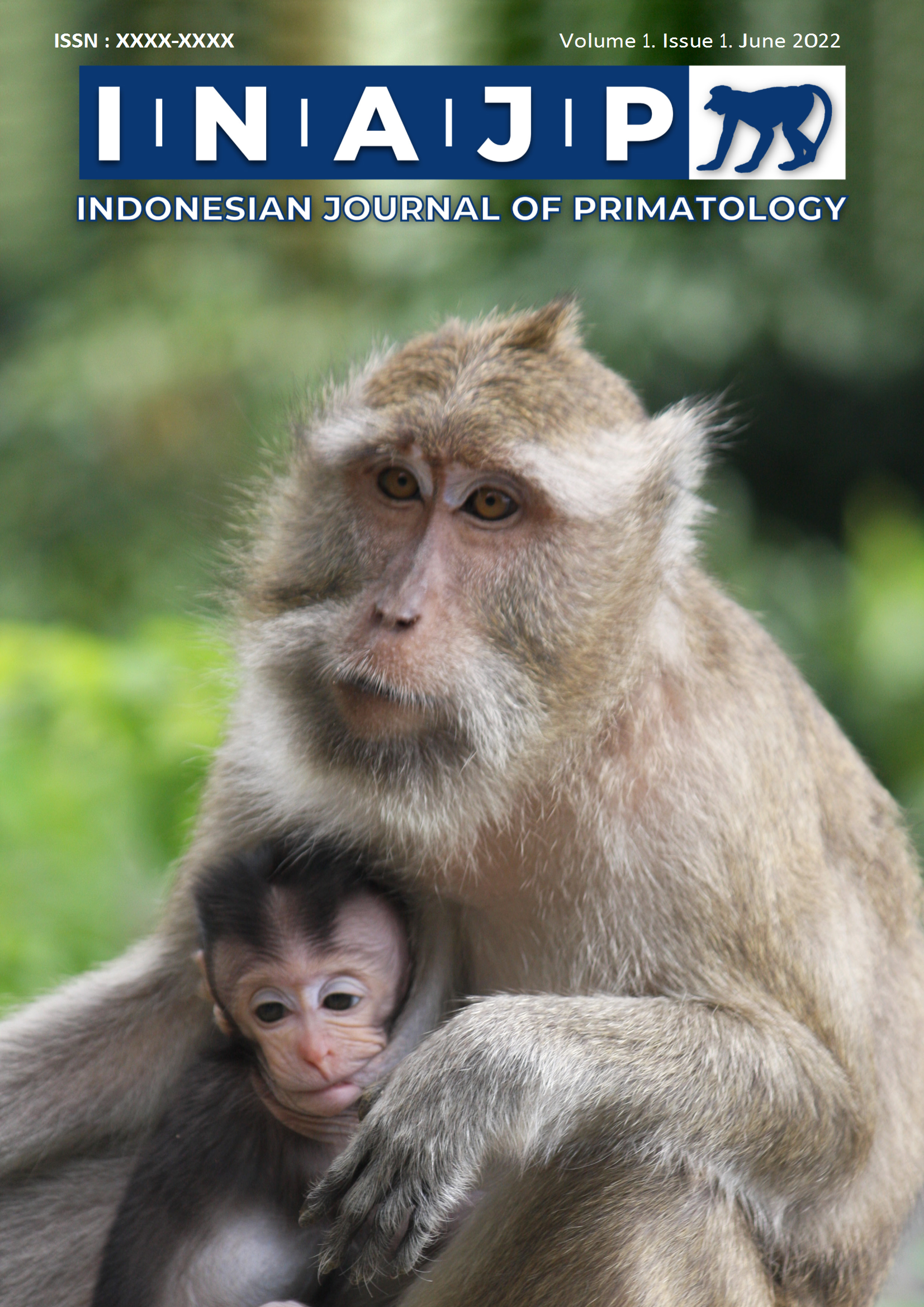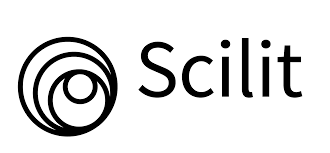Food Preference of Long-tailed Macaques (Macaca fascicularis Raffles 1821) in IPB Dramaga Campus
Abstrak
Long-tailed macaques (Macaca fascicularis) will expand their daily home range to obtain good and plentiful food sources, thus often causing conflict. Identification of long-tailed macaque feed preferences needs to be done as a form of minimizing conflict. This research aims to identify the type of feed and feed preference, and also to
analyze the daily activity of long-tailed macaques. The research was conducted by vegetation analysis and field observation of the daily activities of long-tailed macaques. The results of this research showed that there were 22 types of feed plants and 2 types of non-plant feeds. Long-tailed macaques are kind of fructivore animals but will be opportunistic omnivores if the availability of fruits decreases. Long-tailed macaques are more interested to eat fruit, especially Belimbing Bintang fruit (Averrhoa carambola), Matoa fruit (Pometia pinnata), and Jabon fruit (Neolamarckia cadamba).
As our aim is to disseminate original research articles, hence publishing rights is necessary. The publishing right is needed in order to reach an agreement between the author and publisher. As the journal is fully open access, the authors will sign an exclusive license agreement, where authors have copyright but license exclusive publishing rights in their article to the publisher. The authors have the right to:
- Share their article in the same ways permitted to third parties under the relevant user license.
- Retain patent, trademark, and other intellectual property rights including research data.
- Proper attribution and credit for the published work.
For the open access article, the publisher is granted the following rights.
- The exclusive right to publish the article, and grant rights to others, including for commercial purposes.
- For the published article, the publisher applied for the Creative Commons Attribution-NonCommercial-ShareAlike 4.0 International License.

This work is licensed under a Creative Commons Attribution-ShareAlike 4.0 International License.















